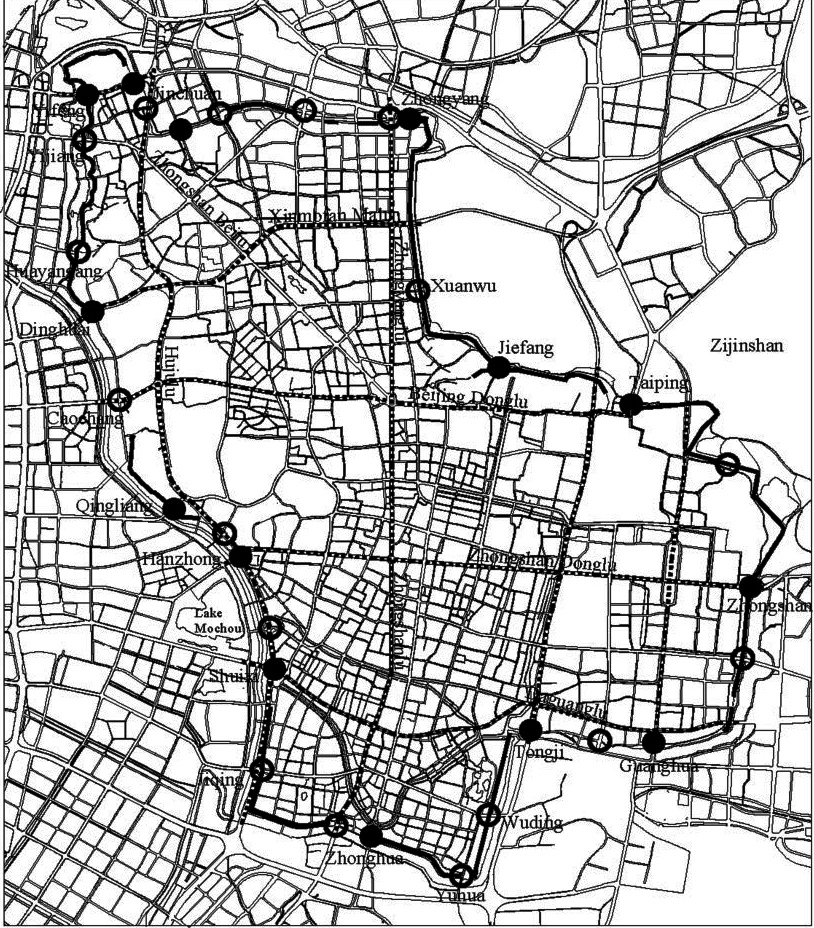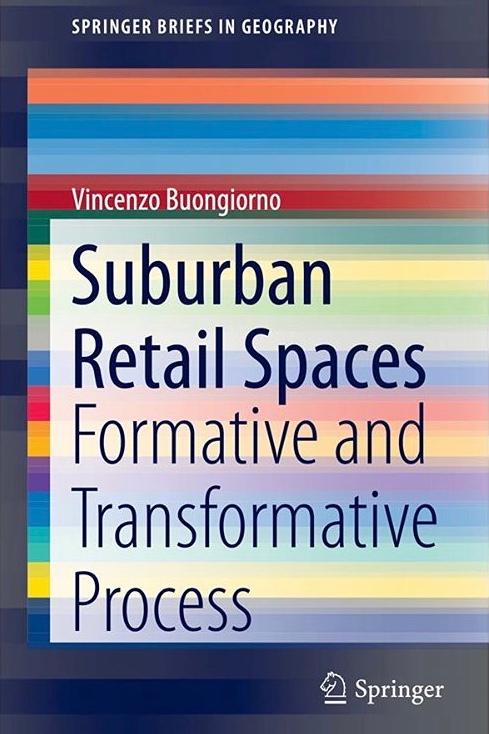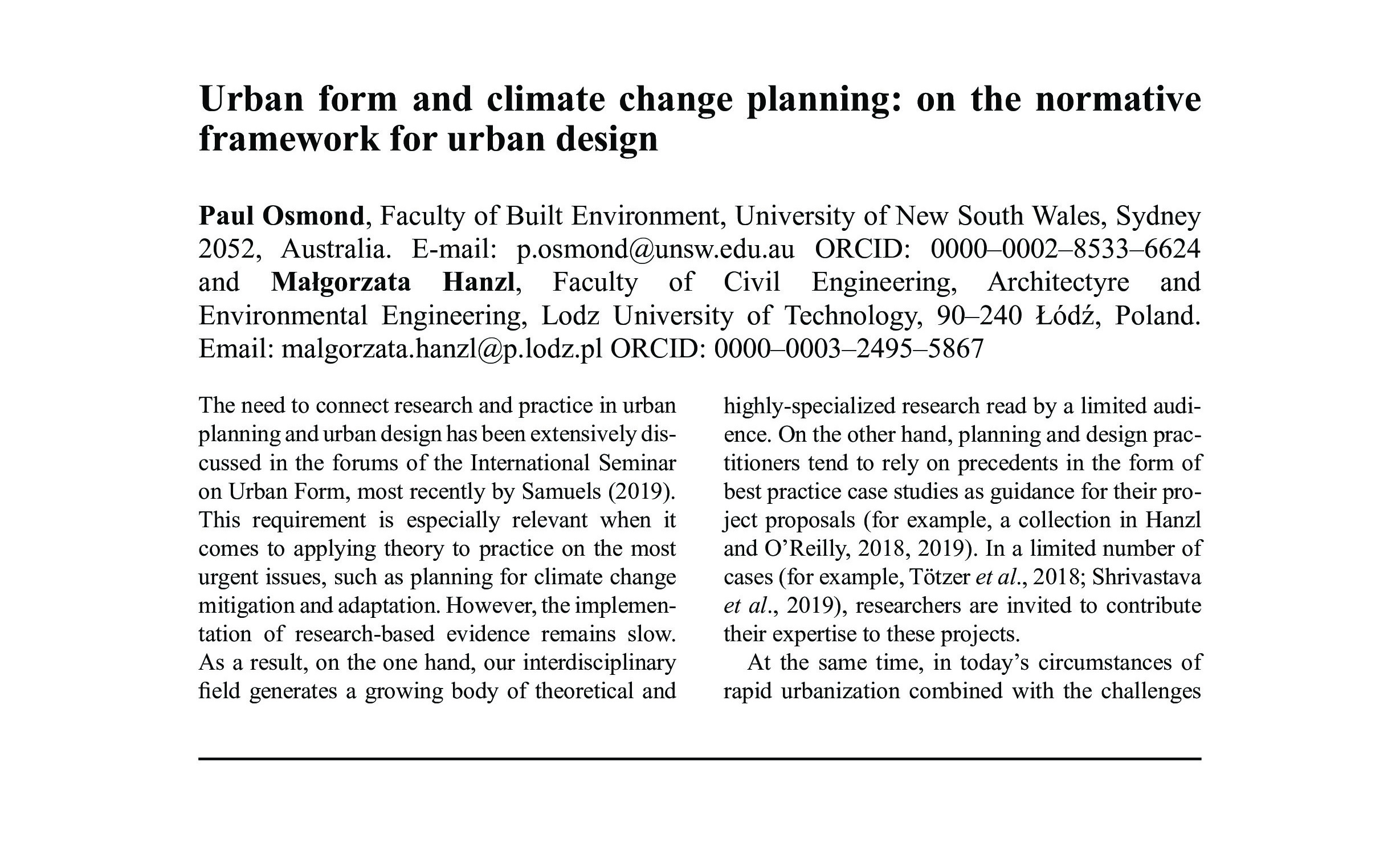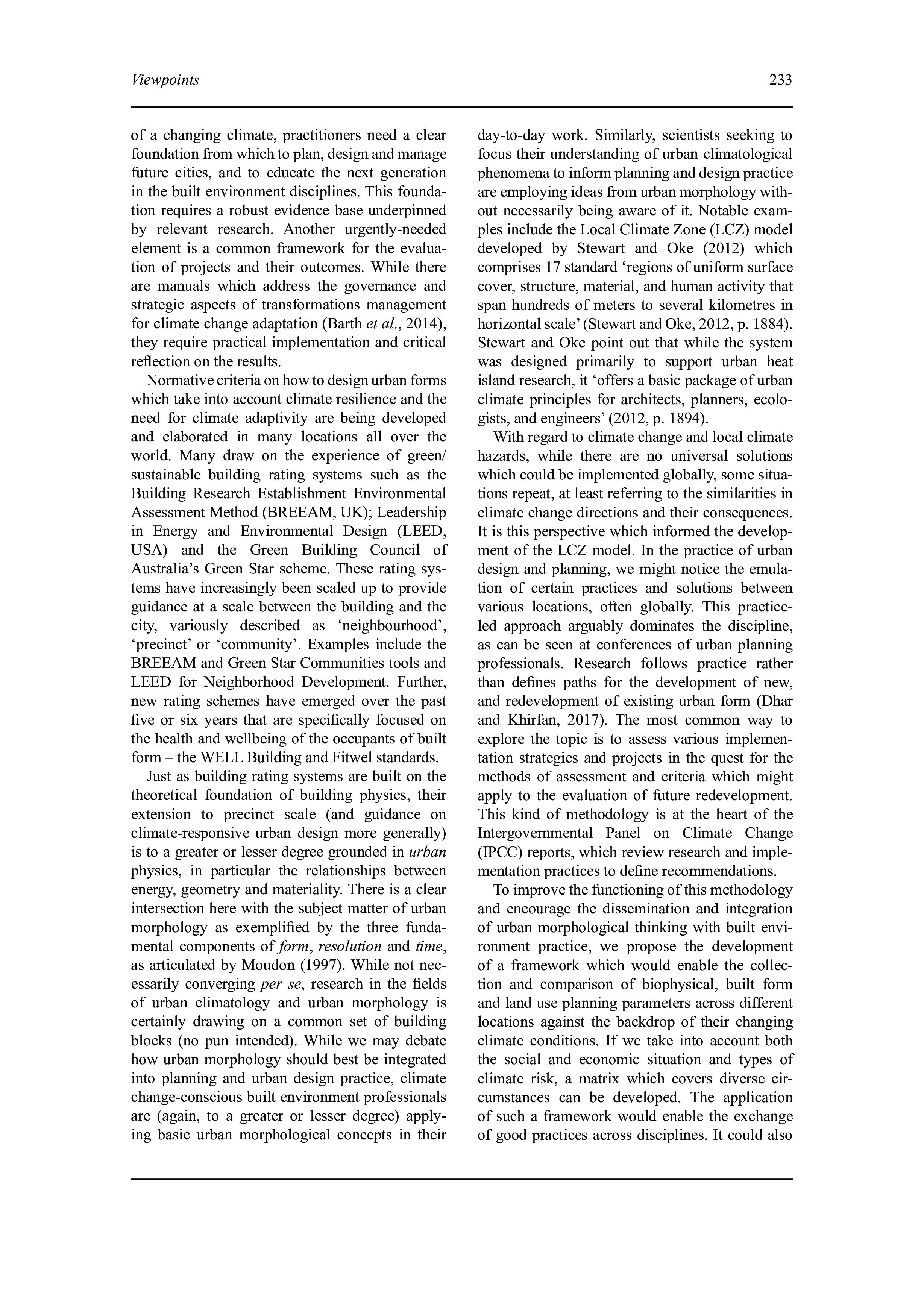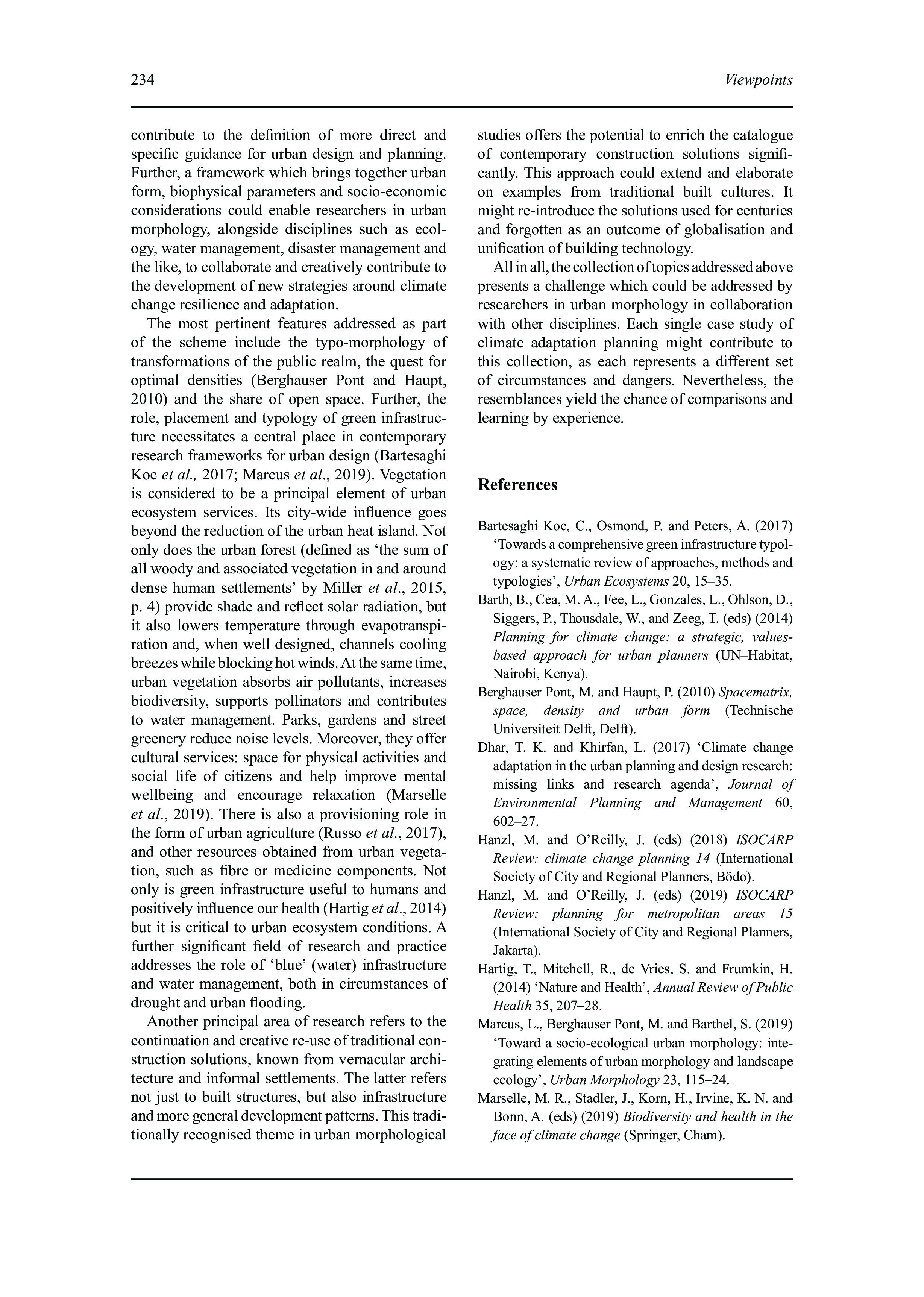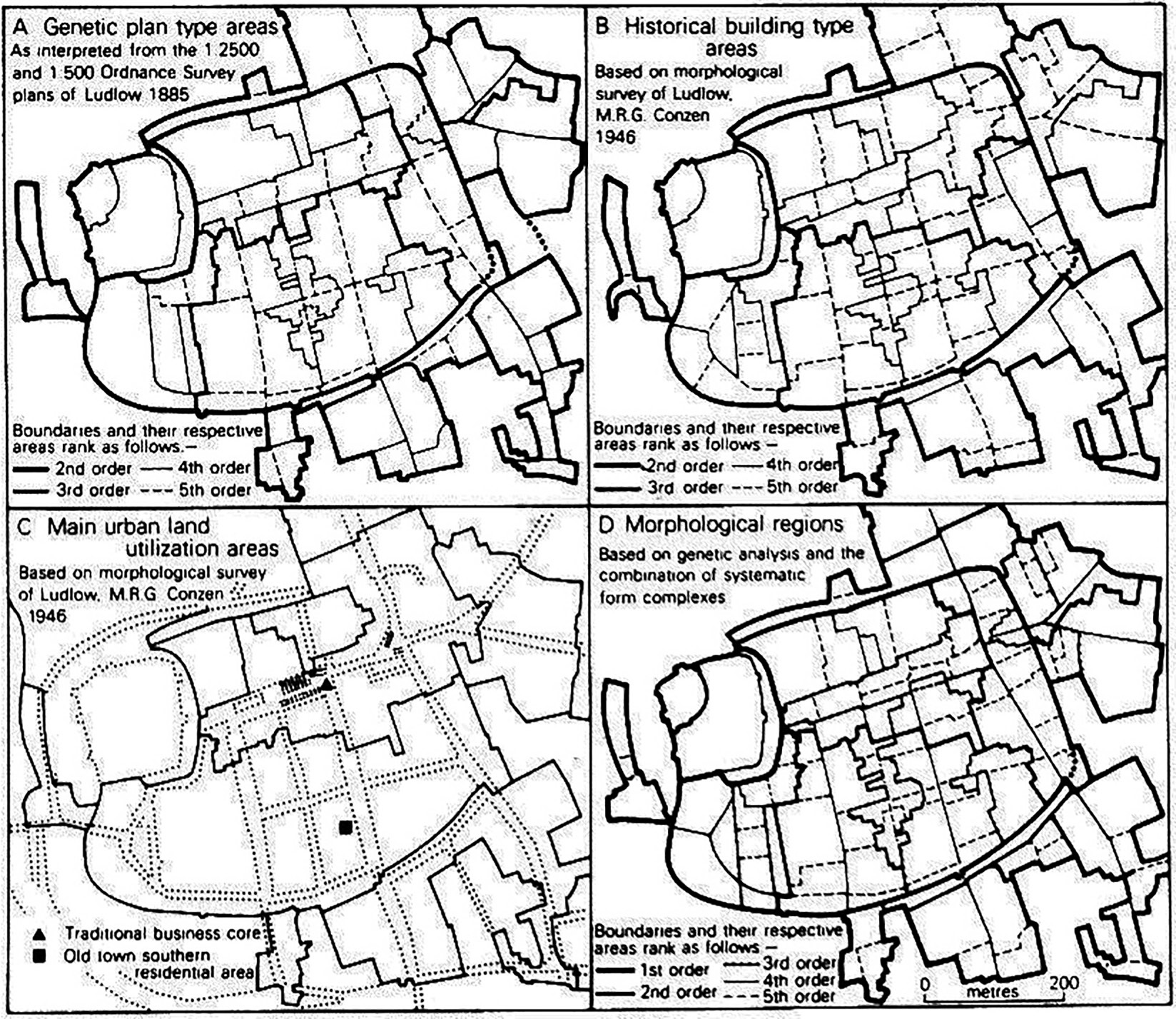Prem Chandavarkar
An Open Letter to Indian Institute of Management Ahmedabad 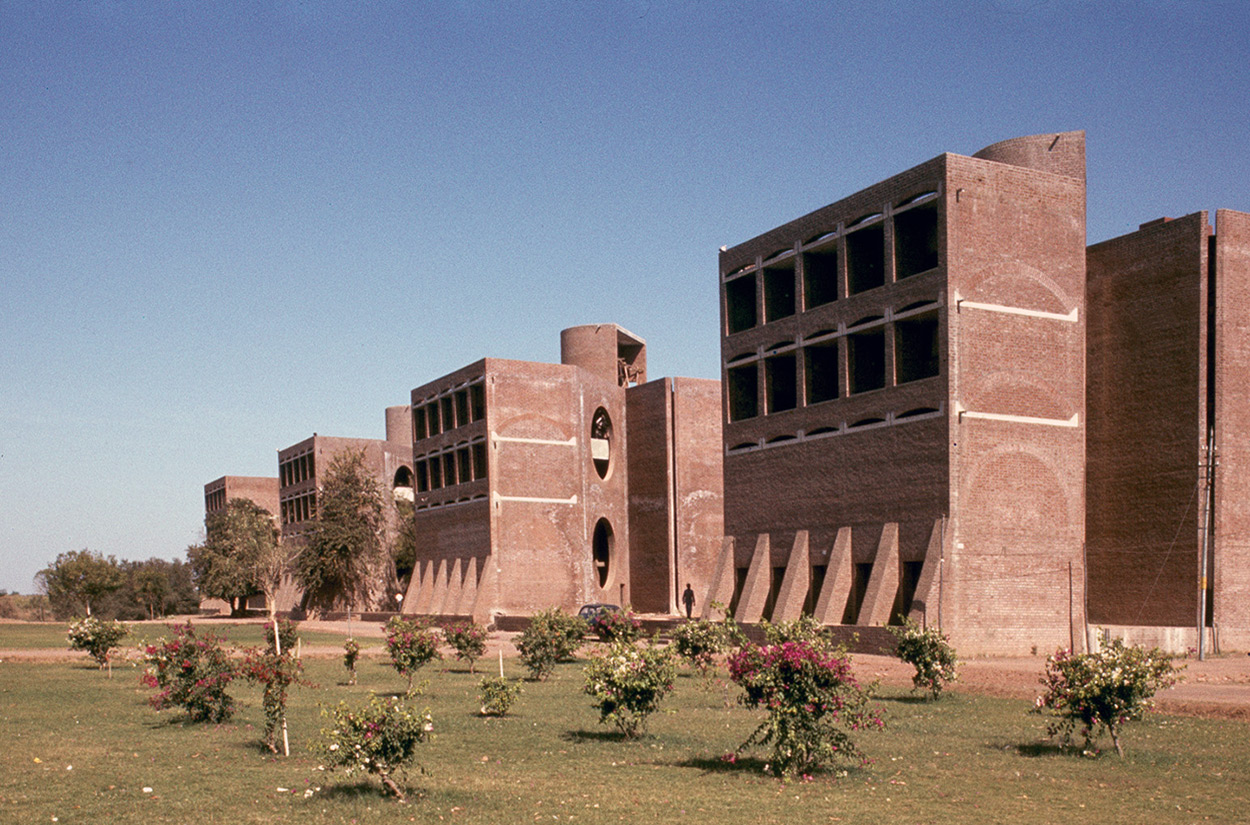
Dear Dr. D’Souza,
Iam writing this open letter to articulate the deep concern felt by many architects and non-architects, from India and elsewhere in the world, on hearing that Indian Institute of Management Ahmedabad (IIMA) plans to demolish most of the dormitory blocks designed by Louis Kahn that form a key part of the historic core of IIMA, and has invited bids from architects to redesign these dormitories, albeit in an architectural language sympathetic to the Kahn idiom.
An article in The Indian Express of 25 December 2020 raises some of these concerns and cites you as stating that you have written a letter on 23 December 2020 to all IIMA alumni, and all queries are answered in the letter. I have been through this letter and feel compelled to state that many concerns still remain.
At the famous house ‘Fallingwater’ in Pennsylvania, designed by Frank Lloyd Wright, there is a plaque that marks the moment that Edgar Kaufmann Jr. surrendered his ownership to donate the house to a trust that would preserve it as a milestone of architectural heritage accessible to the public. The plaque cites Kaufmann’s justification of this donation, saying that there are some houses built by one man for another man whereas this is a house built by one man for all of humankind. The work of Louis Kahn should be seen in the same spirit. Kahn was a seminal figure of 20th century architecture who occupies a unique place in history in the way his built work and writings display mastery of an architecture that is simultaneously modern and timeless. He has left a heritage that carries value to all of humankind, and IIMA has been privileged to act as a custodian of a valuable piece of this heritage. This is a mantle that must be granted its due and not worn lightly, a fact that is already acknowledged by IIMA in naming the main plaza of the campus after Louis Kahn and acknowledging on the institution’s website that Kahn’s designs at IIMA “instil in the viewer a sense of awe and wonder”. This spirit is infectious and involves more than Kahn: it affected many who collaborated with him on the IIMA project. More significantly, it has had an impact on generations who have inhabited the spaces of IIMA, demonstrated by the fact that there are very few institutions who acknowledge the architect who designed them with the reverence that IIMA shows to Kahn on their website. It is more than the matter of a specific individual; we hold in these buildings a wider legacy the reflects primordial human spirit, and this spirit should provide the light under which the challenge of restoring the dormitories must be evaluated.
You have said in your letter to alumni, “We have grappled with questions as to why we should presume that the past is not changeable and why we should assume that future generations will value things in exactly the same way that past generations have. We wondered if it is appropriate for us to colonise future perceptions of living spaces.” Can awe and wonder colonise the future? Are they not timeless values that sustain the core of the human soul? I urge IIMA to not look at this as a conflict between past, present and future. Heritage is not solely about the preservation of the past. In its essence, heritage is a contemporary moment of critical discernment where we look at the past and carefully choose what is worth remembering because that memory will serve the future well. Surely, Kahn’s legacy is a past that does not degrade, and its continued physical presence, in all its authenticity, will serve the future well through the eternal values of awe and wonder that it evokes.
You have stated that Dormitories 16,17,18, along with the restored Dormitory 15, will be retained as “they constitute the periphery of the built campus and are the first buildings that persons who enter the campus see and understand along with the LKP and associated buildings as the grandeur associated with the work of Kahn.” This reasoning is troubling, as it implies a devaluation of heritage to place more emphasis on a public façade, assigning lesser value to what lies behind the façade. Kahn’s design is more than a façade to be seen, it is embodied in a spatial order to be experienced, where the union of the academic block, library and dormitories create an intimate network of courtyards that, along with the buildings, capture the spirit of a monastic community of learners where knowledge is collectively held as sacred. The cohesiveness of this spatial core forms the entirety of the restoration project launched by IIMA in 2014 and is something that must be preserved. To modify it substantively is to devalue the integrity of Kahn’s legacy.
It is striking that your letter does not cite a specific recommendation from Somaya & Kalappa (SNK), the firm appointed by IIMA in 2014 to steer restoration work of the Kahn designs. The quality of their effort is reflected in their restoration of the Vikram Sarabhai Library at IIMA winning an Award of Distinction in the 2019 UNESCO Asia Pacific Awards. As recently as 28 November 2020, Ms. Brinda Somaya, Principal Architect of SNK, delivered an online lecture to CEPT University on the IIMA restoration project. In that lecture, she did not mention a need to abandon any of the Kahn dormitories. She mentioned that Dormitory 15 was selected as a prototype project for restoration as it was one of the dormitories in the worst condition, and if this could be restored, the others would be easier to tackle. In her lecture, she presented the successful restoration of Dormitory 15, a fact that is also affirmed on the IIMA website. In the Indian Express article cited earlier, the reporter mentions contacting Ms. Somaya who responded that she has not been informed about this new bid for architectural services to replace 14 out of 18 Kahn dormitories. It is troubling if this is true and the decision to demolish the Kahn dormitories and invite bids to replace them with new structures was taken without consulting the experts appointed to guide the restoration of the Kahn buildings.
In Ms. Somaya’s lecture she speaks about the seismic vulnerability of the dormitory blocks. She mentioned that while they had a structural consultant to work with them on the project, they realised deeper expertise was needed, and they consulted Dr. Arun Menon of Indian Institute of Technology Madras. Dr. Menon is an internationally recognised expert on seismic design, is one of the primary authors of India’s building codes on seismic design, and one of his specific research interests cited on his CV is “Seismic Response, Assessment and Retrofit of Masonry Structures.” Ms. Somaya spoke on how Dr. Menon’s analysis showed that most of the seismic concerns in the dormitories spring from the height of the masonry drum that encloses the staircase as it rises above terrace level. In the restoration of Dormitory 15, this has been addressed by marginally reducing the height of the drum and adding masonry buttresses that are lower than the parapet height and therefore not visible from outside. It is striking that your letter does not cite any specific recommendation from Dr. Menon, despite the stature of his expertise and his involvement with the restoration project.
Your letter mentions many technical problems that have influenced IIMA’s decision to demolish close to 80% of the Kahn dormitories: seismic risk, poor quality of brickwork, cracking of masonry caused by corrosion of reinforcement rods, a pointing technique used in masonry joints that encourages water seepage, etc. You state that these make the buildings both impractical and unsafe, and your letter implies they are determining factors. All of these problems are present in the buildings being restored: the Vikram Sarabhai Library, the Classroom Block, the Faculty Block, as well as the four dormitory blocks being restored. Clearly, IIMA would not put people in unsafe and unusable buildings, so the plan to restore these buildings shows these problems have solutions, and Ms. Somaya’s lecture presents many of these solutions. Clearly, the technical dimensions of these problems cannot be the determining factor.
You state that three imperatives guided IIMA’s decision: (1) functional needs, (2) cultural heritage, and (3) available resources. But your letter throws no light on how you weighted these imperatives in your analysis, especially given the challenge of cultural heritage being the only one of the three whose value is almost wholly intangible. If it is primarily a matter of available resources, a value assigned to heritage would, at the very least, demand tabling an assessment of the resources needed for a complete restoration. And if there is a gap between needed and available resources, the question rises on whether IIMA made an effort to leverage its standing with government, its international reputation, its long list of illustrious alumni, and the global respect and affection granted to Louis Kahn and his designs for IIMA in order to raise the required resources. Your letter is silent on these aspects.
I can appreciate that functional needs have changed, enrolment has grown, and buildings designed close to five decades ago will not accommodate current demands. This challenge is not new; it has been successfully faced by many universities across the world, often with a history going back centuries (far longer than that of IIMA). There are multiple case studies available of how these universities have successfully preserved their built heritage yet been able to adjust to changing times, and their built heritage is a key component of the identity, brand and culture of these universities. Has IIMA surveyed these best practices across the world and benchmarked its evaluation against them? Has there been a campus-wide assessment of how to adjust to new needs, looking beyond the historic core of Kahn’s architecture? Just because the Kahn buildings are the oldest, should they be the only ones considered for demolition, especially given their heritage value? A campus-wide master plan to assess and design for long-term needs, that holds heritage conservation as a core value, should be conducted by a reputed and qualified architect, and this plan should be openly tabled and reviewed as the frame that guides the final decisions. This too finds no mention in your letter.
Your letter states, “There were even difficult questions around the central theme of Kahn’s work at the campus which was that everything was planned around the idea of meeting. In today’s world our experience is that students hardly use these shared spaces as they have gravitated to virtual modes of interacting.” It is true that cyberspace is far more significant to the current generation of students than to earlier generations. But this recognition should not be given undue weightage. First, it is not correct to assume that physical meeting spaces are no longer significant as they have been completely appropriated by cyberspace; students still value physical meeting, and a visit to any reasonably priced coffee house or pub is sufficient to demonstrate this. Second, as the work of scholars such as Tristan Harris, Hossein Derakshan, and Zeynep Tufekci shows, there is a growing body of literature that shows virtual fora to be tempting but damaging, for they decrease capacity for concentrated attention and analysis, encourage addictive behaviour, induce psychological alienation, and reduce ability to cope with diversity due to social fragmentation into filter bubbles of like-minded people. Third, there is significant management literature to demonstrate the value of physical and serendipitous interaction; to name a few sources touching on this aspect that come readily to mind, Ettiene Wenger’s work on communities of practice, Nonaka and Takeuchi’s study on how Japanese corporations leverage tacit knowledge, and Peter Senge’s articulations on personal mastery. It would be a shame if a premier institution like IIMA surrenders so readily to the temptations of the virtual, especially given the power of face-to-face interaction is so intrinsically baked into the bricks and mortar of the campus core. While the pandemic may have temporarily put the brakes on physical meetings, they are not lost to us forever. The power of serendipitous physical meetings can easily be revived and leveraged if this is adopted by the institution as an explicit pedagogical goal.
I beseech you to place this issue once more before the Governing Council to be evaluated afresh given the concerns articulated here. I urge the Governing Council to look at the Kahn dormitories heeding the words of the famous economist Kenneth E. Boulding in his classic paper “The Economics of the Coming Spaceship Earth”, where he says, “….the welfare of the individual depends on the extent to which he can identify himself with others, and that the most satisfactory individual identity is that which identifies not only with a community in space but also with a community extending over time from the past into the future. If this kind of identity is recognized as desirable, then posterity has a voice, even if it does not have a vote; and in a sense, if its voice can influence votes, it has votes too. This whole problem is linked up with the much larger one of the determinants of the morale, legitimacy, and nerve of a society, and there is a great deal of historical evidence to suggest that a society which loses its identity with posterity and which loses its positive image of the future loses also its capacity to deal with present problems, and soon falls apart.”
Yours sincerely,
